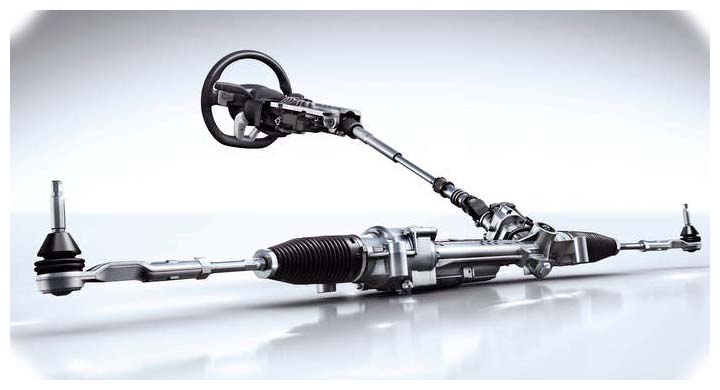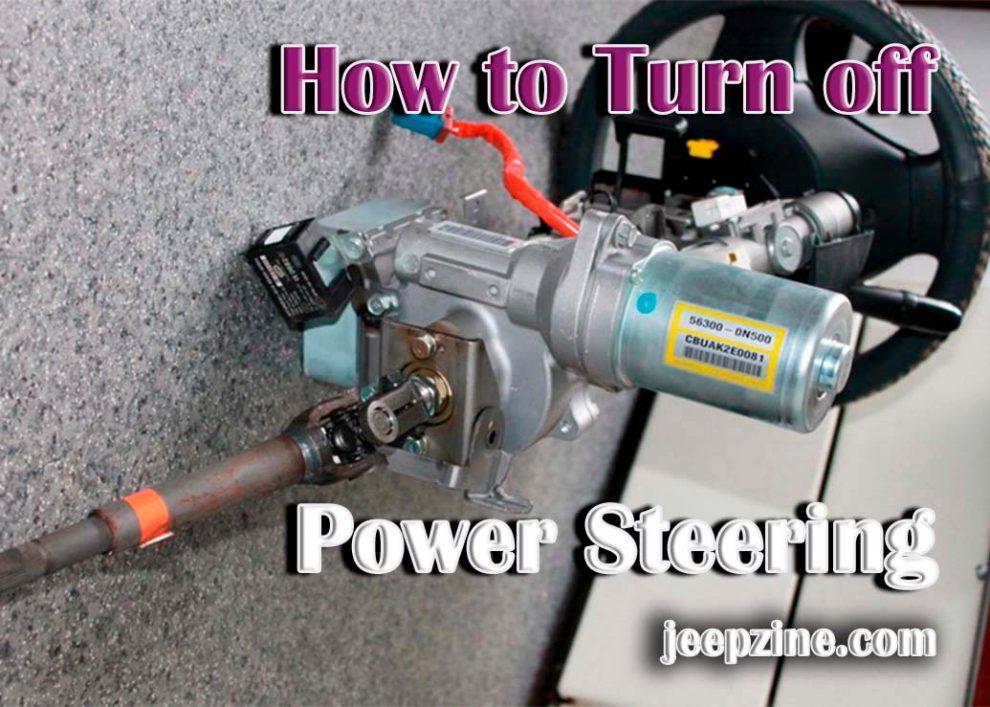Power steering is an important feature that helps make driving easier and more comfortable. It helps you turn the wheel with less resistance and takes away the strain that comes from manual steering. However, there might be times when you need to turn off power steering to avoid any damage or problems with your car.
Reasons for Turning off Power Steering

Step-by-step Guide on Turning off Power Steering
Turning off power steering is relatively simple. All makes and models of cars have different procedures for doing this but here’s an overview:
-
Locate the power steering fuse box, which is usually located under the hood of your car.
-
Look for the fuse labeled ‘Power Steering’ and remove it from the box. This will turn off all power to the system.
-
If you can’t find a dedicated fuse for this purpose, look for one that controls other electrical components of your car such as headlights or wipers and remove it instead.
-
Once you’ve found and removed the correct fuse, replace any other fuses you removed while looking for it and close the box securely before moving on to the next step.
-
Start up your car again and check if the power steering light has come on in your dashboard – if it has, then that means your power steering has been successfully turned off and there will be no more assistance from it while driving until you put in a new fuse or switch it back on using a dashboard button (if available).
What to Do After Turning off the System
Once you’ve successfully turned off your power steering, it’s important to make sure that you turn it back on as soon as possible. The lack of power assistance can cause strain on your arms and shoulders and make driving uncomfortable. If you find that there is a leak in your system, it’s best to get it fixed up before turning the power steering back on. Additionally, if you need to take your car in for maintenance or repairs, make sure that the mechanic knows the power steering has been turned off so they can take the necessary precautions. For further improvement in your vehicle’s steering performance, especially if you own a Jeep, consider checking out our article on the Best Steering Stabilizer for Jeep. This piece provides a comprehensive guide on the top-rated steering stabilizers, enhancing your Jeep’s stability and handling, particularly on off-road terrains.
Conclusion
Turning off power steering can be an important safety measure if there is a problem with your system or when mechanics are performing repair work. It should be done carefully and properly so as not to damage any other parts of your car or put yourself in danger while driving home without any assistance from the system. If done correctly, turning off the power steering should only take a few minutes and should help keep you safe until you can get it fixed properly by a professional mechanic.


Add Comment